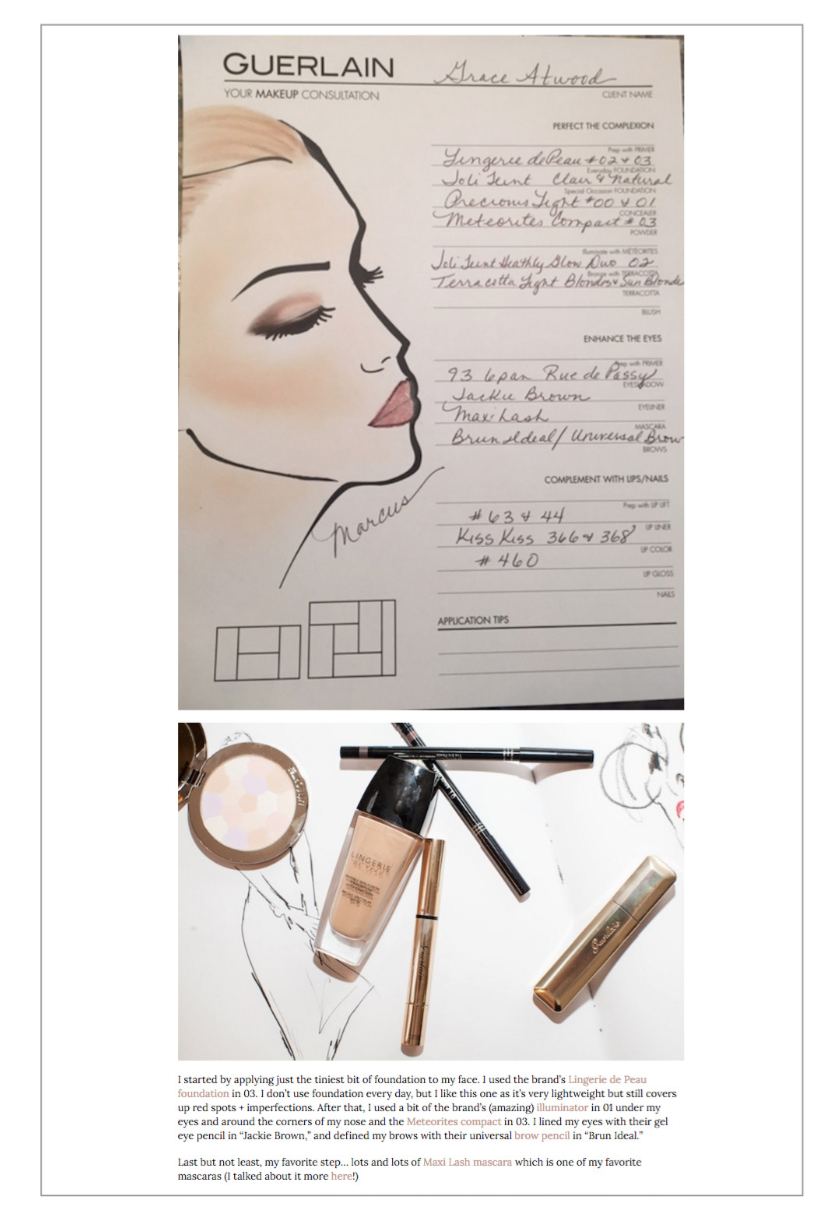B2C
3 Cutting-Edge Content Marketing Trends From Top Luxury Brands
In February 2014, a new luxury fashion magazine hit the newsstands in 60 countries around the globe. With Gisele Bündchen on the cover, the 262-page glossy stood out immediately. And it had an ambitious cover price of $9.99—$4 more than the top fashion magazine at the time.
While the sophisticated magazine could have easily been mistaken for Elle, Harper’s Bazaar, or a premium edition of Vogue, it instead belong to Net-a-Porter, the online luxury retailer.

Porter has since grown to challenge its competitors and epitomize the movement of luxury retailers becoming publishers. But while “old school” channels like print and blog content are still crucial parts of luxury marketing, an increasing number of brands are exploring new, cutting-edge channels that allow them to engage with consumers in an intimate way.
Let’s look at three of the most popular tactics.
Influencer marketing
Research shows that adoption of influencer marketing, despite its buzz, is still relatively slow among luxury brands. While 92 percent of consumers trust recommendations from other consumers more than from branded content, a survey by Econsultancy found that 42 percent of fashion and beauty marketers currently devote less than 10 percent of their budget to influencer content.

A May 2015 survey from Augure and Schlesinger found that marketers’ biggest challenge is finding the right influencer. For some luxury brands, the solution has been to partner with a social influencer agency.
Last year, for example, French beauty brand Guerlain worked with Style Coalition to recruit a diverse group of influencers, such as The Stripe’s Grace Atwood. Guerlain’s national makeup artist chose custom looks for each of the seven in influencers, who then created blog posts about their experience.
In addition to tapping an already established and loyal following, in influencer marketing is particularly effective at reaching millennials.
“With social media capturing the attention of the largest group of spenders since the baby boomers, it’s only a matter of time before we begin to see influencer marketing take hold as the largest spend for brands looking to reach this coveted group of shoppers,” said Daniel Saynt, CEO and chief creative officer of influencer casting agency Socialyte, which has worked with over 350 brands.

A blog post on The Strip promoting Guerlain’s products.
According to leaders at influencer agencies, it’s important to frame influencer campaigns in ways that protects the brand from any rogue influencer or celebrity who will overshadow the brand.
“A lot of luxury brands involve influencers because they’re able to drive conversations across their communities, but the result is—frequently—that the influencers become more relevant than the brand itself,” warned Luca Della Dora of We Are Social.
Snapchat and mobile streaming video
Of the most widely used mobile streaming applications, Snapchat might have the potential to generate the most positive feelings about a brand. As luxury brands search for ways to reach consumers, it’s hard to deny the benefits of tapping fast-growing mobile streaming channels. The average consumer spends close to three hours per day on his or her mobile device.
You can’t talk about streaming video without talking about Snapchat. According to a recent study conducted by the University of Michigan, consumers associate Snapchat with positive emotions—more so, even, than Facebook. Research found that users view Snapchat interactions as similar to face-to-face conversations. This creates an opportunity for brands to interact with potential customers in a more intimate and memorable way.
Virtual reality
When it comes to emerging luxury content marketing trends, David Linderman, group creative director at digital agency Huge, is most excited about the potential of virtual reality (VR), which immerses consumers in a multimedia experience that mimics the real world.
Linderman, who has worked with brands including Chanel and David Yurman, believes that VR has near-unlimited potential when it comes to conveying the quality of luxury products to consumers. “To me, it’s a relatively low-budget way of creating extremely immersive video that gives content a new kick,” he said. “With goggles on, it adds a whole new dimension [to the product].”
The VR market has been growing for years, and the introduction of a VR app by The New York Times in late 2015 has further bolstered the trend. When the app launched in November, the Times distributed more than a million Google Cardboard VR viewers to its newspaper subscribers. The head-mounted devices are used in conjunction with smartphones to view the Times’s 360-degree VR video content.
As VR becomes more mainstream, its potential for brands increases, Linderman said. “Once you get over that threshold of using it, it’s great for delivering an immersive runway experience with different angles so people can do more than passively watch [a show],” he said.
Ultimately, it’s an exciting time for luxury marketing. Digital media makes it possible for consumers to experience luxury goods in an entirely new way, getting a peek at the lifestyle luxury products represent. While luxury brand content may not be able to replace a front-row seat at a runway or simulate a Jaguar test drive, when done right it can inspire a vital bond with the brand—and even influence future purchases.
This is an excerpt from “The Marketer’s Guide to Luxury Content.”
Image by ShutterstockGet better at your job right now.
Read our monthly newsletter to master content marketing. It’s made for marketers, creators, and everyone in between.




